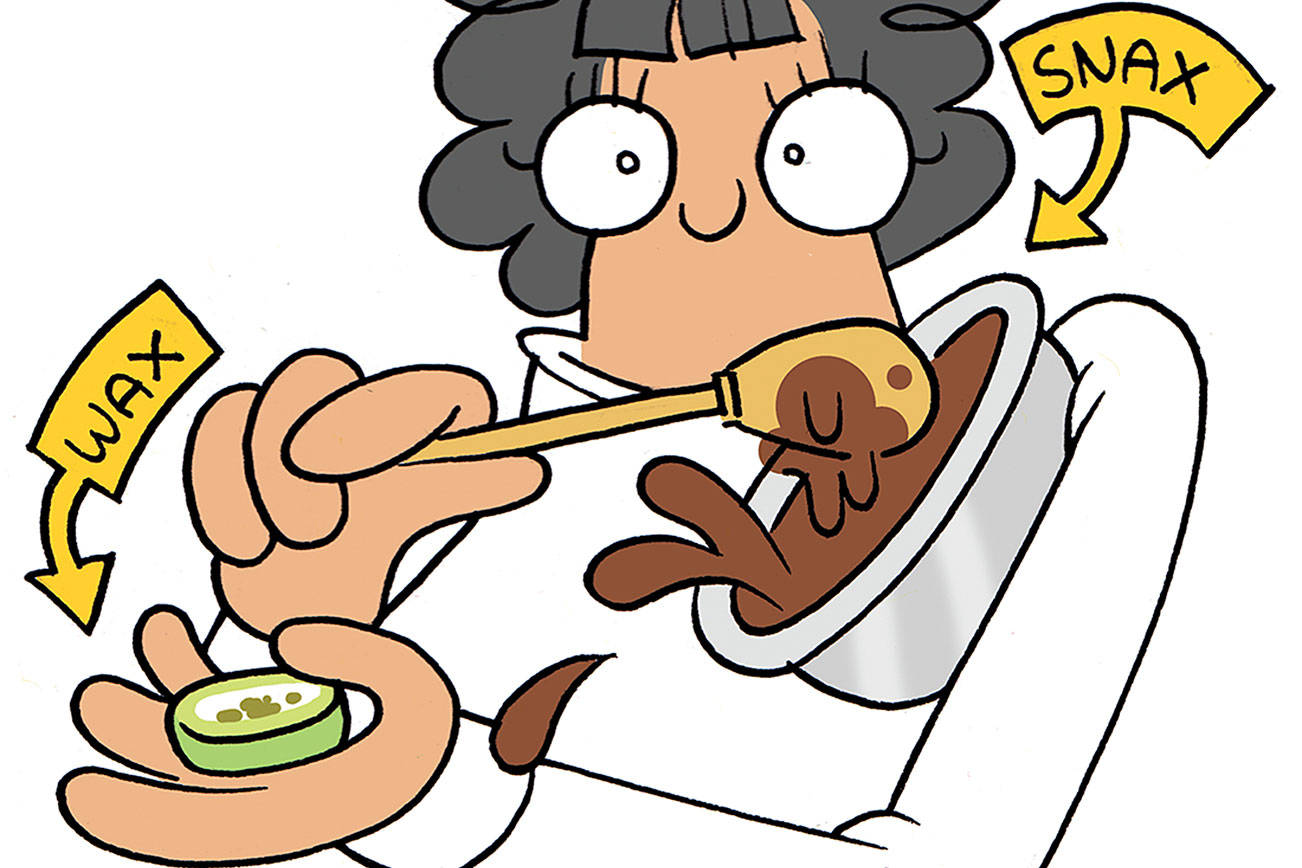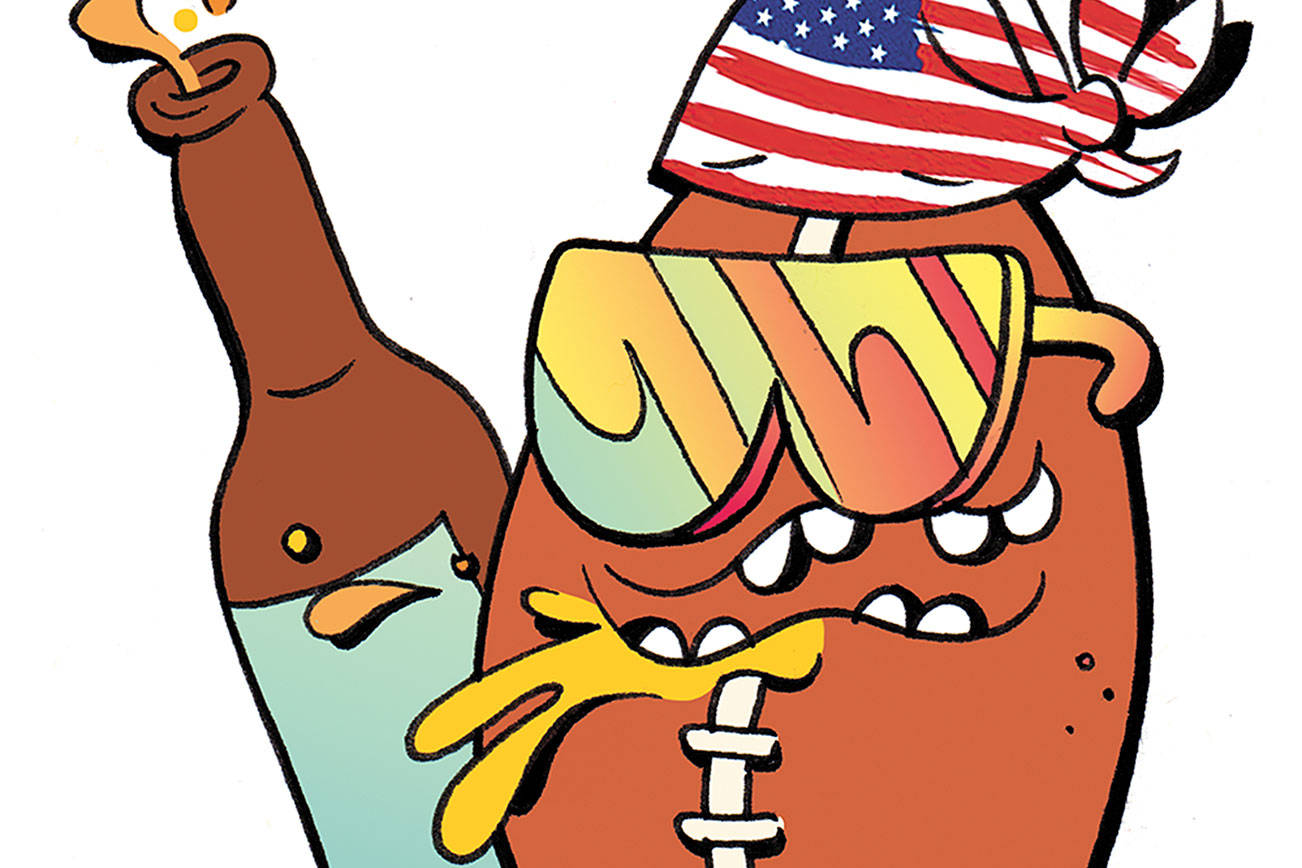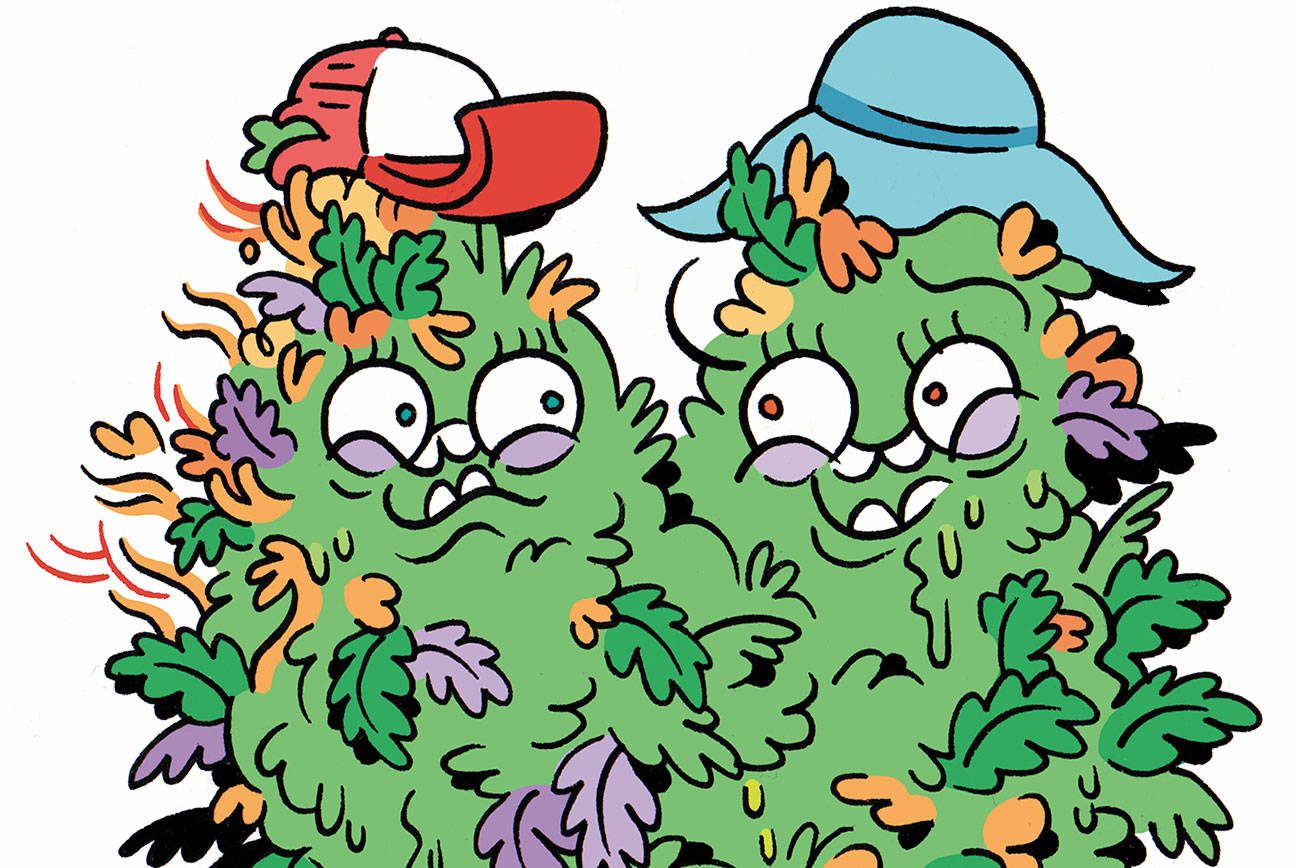A couple of weeks ago, the Washington State Institute for Public Policy provided the second in a series of four cost/benefit studies of the economic, social, and legal effects of cannabis legalization. The next study isn’t until 2022, so state policy makers will be referring to this one for the next five years. Perhaps the biggest mic drop in the report was the information on cannabis use among people under 18.
Working with data from the Washington Health Youth Survey and the Census Data Set, WSIPP discovered that “lifetime” and “30-day” cannabis use among Washingtonians between sixth and 12th grades was on a stable or downward trend, and has been since I-502 passed in 2012, especially among eighth and 10th graders. This might be in part because, as the study also reveals, more teens perceive that it is too hard to find cannabis on the black market. But the findings are also in line with a national trend: Cannabis use among sophomores has dropped by three percent in the past seven years, and nationally, teen cannabis use is at a 20-year low.
Broadening the spectrum slightly, there’s also been a decrease in our state of misdemeanor cannabis possession convictions for people under 21. In 2009, Washington saw more than 1,100 minors convicted for possession; in 2016, less than 500.
Some of this information wasn’t much of a surprise, as the Washington Health Youth Survey was released earlier this year, but the WSIPP report pokes a giant hole in the idea that cannabis legalization leads to an increase in underage usage, a popular ghost story told by politicians trying desperately to keep their constituents voting against weed out of fear. In fact, the report suggests the opposite: Legalization contributes to young people’s perception that marijuana is off the streets and locked up behind a counter somewhere. Or that weed was considered rebellious, but now, normalized and available, it has been relegated to the barren wasteland of “uncool.”
WSIPP, though, isn’t making any such major conclusions based on these early findings. I say “early” because their cost/benefit study wraps up in 2032—20 years after the passing of I-502. What will Washington’s cannabis landscape look like then? Even healthier, we hope.
stashbox@seattleweekly.com







